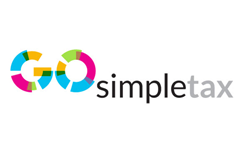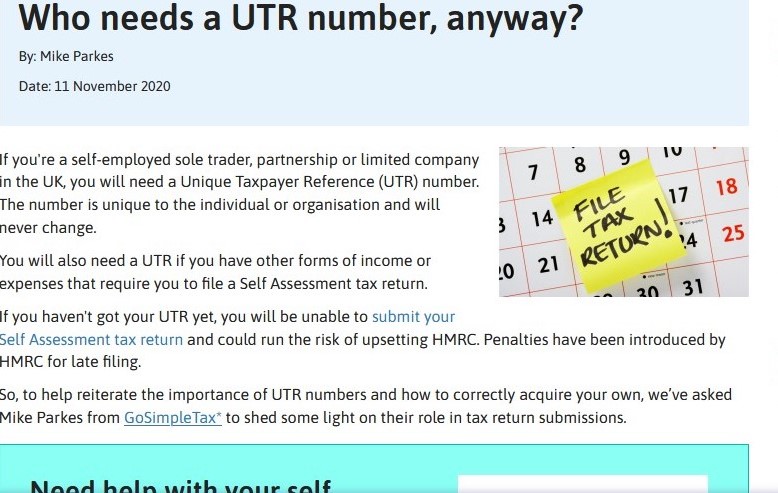Introduction to auto-enrolment
All employers (including those taking on staff for the first time) are required to automatically enrol eligible employees into a suitable workplace pension scheme as soon as they start work. The rules are designed to encourage people to save more towards their retirement. However, employees can choose to withdraw from the scheme if they want to.
You can check if you're an employer on the Pensions Regulator website.
Enrol eligible workers into your pension scheme
Employers must enrol eligible workers into a pension scheme. Eligible workers must:
- normally be based in the UK
- be aged between 22 and the state pension age
- have a salary over the automatic enrolment earnings trigger (£10,000)
- not already a member of a qualifying pension scheme
Eligible workers can opt out but must make a positive decision to do so.
If a worker becomes eligible after they have started working for you (for example, they reach 22 or their earnings increase), you must enrol them within six weeks unless they actively opt out.
Every three years employers must re-enrol certain employees - for example eligible employees who left an employer's automatic enrolment pension scheme more than 12 months before the employer's re-enrolment date.
Failure to comply with the rules can result in daily fines, criminal prosecution and even imprisonment.
Other, non-eligible workers aged between 16 and 74 who earn at least £6,240 (entitled workers) have the right to opt into the pension scheme. Employees earning less than this can also join, but the employer does not have to pay pension contributions for these employees.
Choosing a workplace pension scheme
Many businesses opt to use NEST, the pension scheme set up by the government when auto-enrolment was introduced. However, you are free to choose your own scheme providing it meets the qualifying criteria.
There are different types of occupational pension scheme. They offer different levels of risk for you as the employer and a variety of benefits such as death-in-service benefits. It is advisable to take advice from an independent financial adviser. They can help you choose the right scheme for your business and understand the costs involved.
Contributing to your workplace pension scheme
The rules require employers to pay a minimum percentage of each participating employee's wages to be paid into the scheme. You have to contribute a minimum proportion of this amount with employees making up the balance.
Employers must pay at least 3% of 'qualifying earnings' between £6,240 and £50,000 into the pension. Employees must pay at least 5% of their qualifying earnings. The combined minimum total contributions is 8% (3% employer contribution and 5% employee contribution) although both the employer and employee can opt to pay more than this.
Paying pension contributions
You must pay your pension contributions on time. You can be fined if you are late. You must pay pension deductions to the pension scheme provider no later than the 22nd day of the next month (19th if you pay by cheque). There are special rules if you are making your first contribution deductions under auto-enrolment.
To make the pension contribution calculations and deductions easier, it helps to use an automated payroll system or payroll provider.
What happens to the pension when an employee changes job?
Your contributions end when an employee leaves your employment. The pension belongs to the employee and when they leave, they have a number of options:
- They can cease making contributions to your pension scheme. Their money remains invested in the scheme and they can access the funds when they reach the retirement aged specified by your scheme.
- The employee can continue contributing to the scheme.
- The employee can combine the contributions they have made into your scheme with their new employer's pension scheme.
If the employee was contributing to a defined benefit scheme for less than two years, they may be able to get a refund of their contributions or transfer the value to a new pension scheme.
Getting help with auto-enrolment
As an employer, it's likely you will have a number of questions about your role and responsibilities in relation to auto-enrolment.
You can find out about auto-enrolment pension rules for employers on the Pensions Regulator website.
You can also find advice on setting up a workplace pension scheme on the GOV.UK website.
Taking advice from an independent financial adviser can also help you identify a pension scheme for your business.
Browse topics: Node


 New tax year – new you
New tax year – new you
